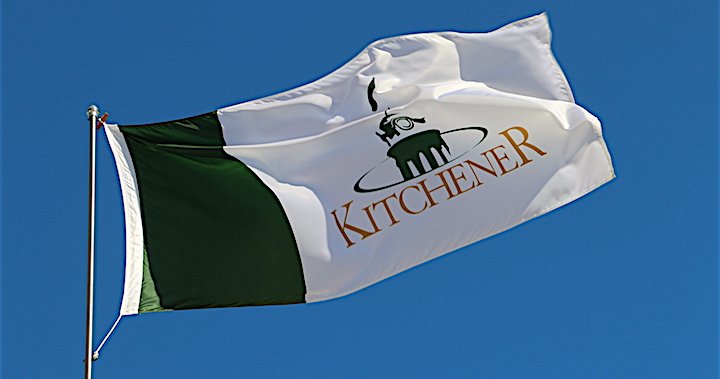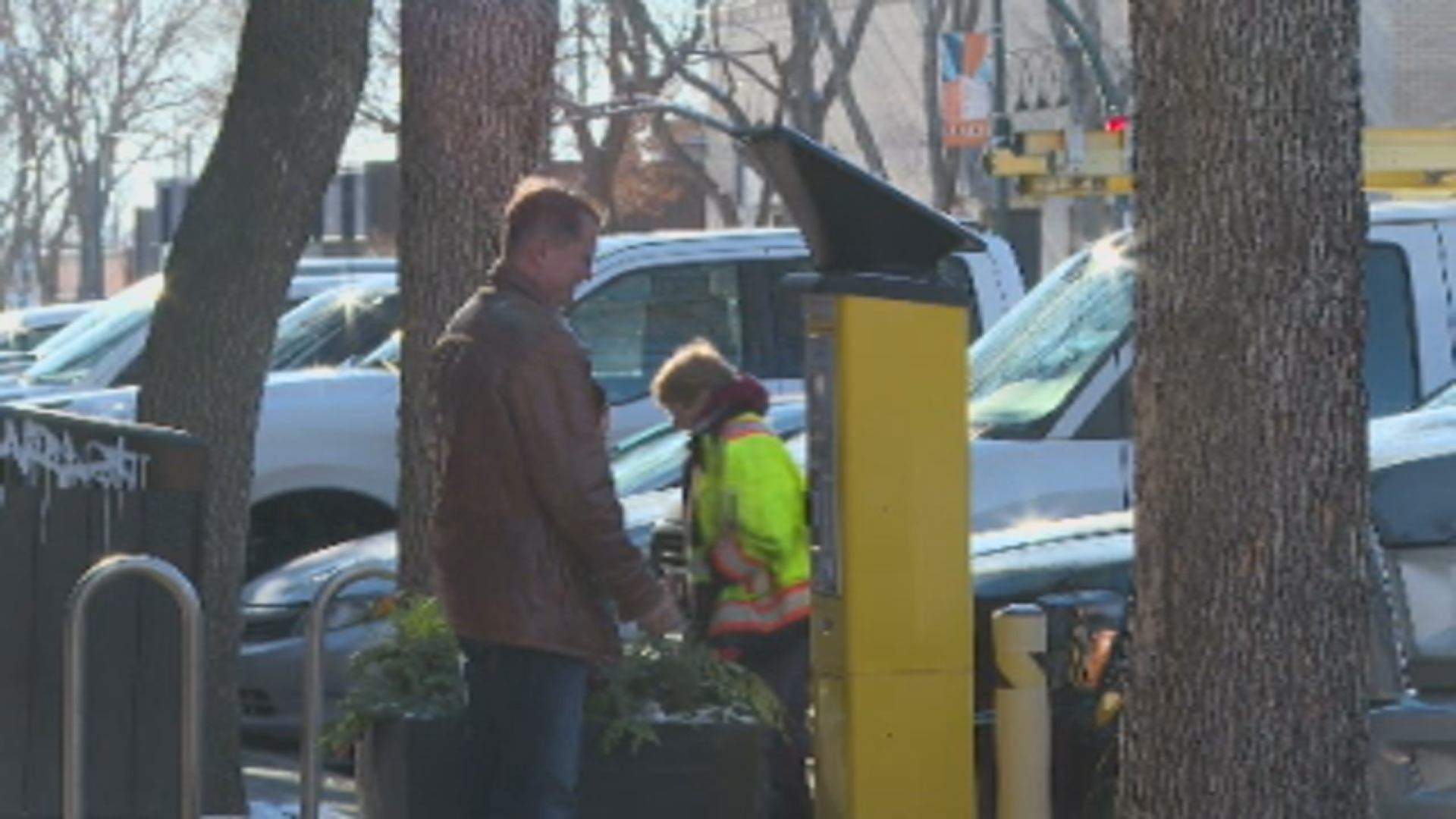The cost of expanding Toronto’s aging transit system has skyrocketed in recent decades, according to a new report, with the price per kilometre of new subway and light rail track ballooning.
A new report from the Toronto Region Board of Trade found the current cost of new transit in the city averages more than $700 million per kilometre — on par with other North American cities but far more than European equivalents.
The report calls on both the Ford government and Metrolinx to learn lessons around the world to reduce the cost of building new transit as both engage in a massive expansion currently underway in Toronto and the surrounding area.
The board has implored the government to ensure lines currently under construction or earmarked for future plans are built efficiently. The board hopes prices can be brought closer to the $300 million per kilometre costs some European cities have faced, compared to higher spending this side of the Atlantic.
“You can’t afford not to build this, but you don’t want to be in a position where you can’t afford to build it,” Giles Gherson, president and CEO of the Toronto Region Board of Trade told Global News.
The organization’s new report — titled the Price of Progress — tracked costs in Toronto and across the world to build transit.
It found costs to build in Toronto from the mid-1970s to mid-1990s were steady at around $103 million per kilometre in today’s money.

Get daily National news
Get the day’s top news, political, economic, and current affairs headlines, delivered to your inbox once a day.
That jumped with the 2002 completion of the Sheppard subway at $234 million per kilometre, rising again to $443 million per kilometre for the Yonge-University subway extension into York Region.
Currently, projects in Toronto are averaging around $700 million per kilometre, the report found.
The unfinished Eglinton Crosstown LRT is set to cost $674 million per kilometre, while both the Ontario Line and the Yonge subway extension are priced at $700 million per kilometre. The Scarborough Subway Extension will cost roughly $600 million per kilometre.
Those costs are substantially more than equivalent European projects in Madrid and Paris, according to the report. The Toronto prices, however, are on par with the costs of subway lines in Los Angeles and San Fransisco, and cheaper than subway expansions in New York City.
To keep costs in check, the report suggests that some of the more glamorous elements of transit expansion may need to be ditched.
“If staying on budget is a core priority we must act accordingly, eschewing grand station designs and putting political capital behind the difficult trade-offs required in accommodating local priorities like route or technology preferences,” the board of trade suggested.
Matti Siemiatycki, director of the infrastructure institute at the University of Toronto, pointed out that political choices can also drive costs up.
“One thing the Ford government has really focused on is building projects underground,” he told Global News.
“That’s part of their political mantra — to not impede traffic with their lines. So they’re building underground, in some places where it’s warranted and in some places where you could build on (the) surface but it’s politically advantageous and more popular to build it below ground. That’s adding cost per kilometre in a significant way too.”
Toronto’s relatively small subway system, particularly compared to other major cities, means it needs to keep expanding, the board if trade’s CEO Gherson said.
“If you look at a map of Berlin and a map of Toronto or Paris, they’re similar-sized cities,” he said. “We just have a couple of strands of spaghetti (subway lines) and they’ve got this whole plate of spaghetti.”
The Ford government is in the midst of a massive transit expansion across southern Ontario, including the Ontario Line and Scarborough Subway Extension in Toronto, the Hazel McCallion LRT in Mississauga and a light-rail project in Hamilton.
Many other proposed routes — including a waterfront LRT in Toronto — are also waiting for funds.
Siemiatycki said elements of the Ontario government’s plan deserved recognition.
“They passed legislation to try and speed up projects, to streamline some of the processes, that’s been put in place,” he said.
“They did announce a big package of projects, which is positive, which has kept the whole industry busy — in some ways, you risk overheating the industry — but they have done that. And I think most importantly they shifted gears and focus away from just public-private partnerships as the only game in town.”
The Ford government has regularly held up the Ontario Line as a key example it is improving how transit is built and planned. Where the Eglinton Crosstown LRT was planned and built through one giant contract, the Ontario Line is being broken up into sections in the hopes of avoiding a repeat of costly mistakes.
How effective that ultimately ends up being for a line that now stands to cost over $27 billion, including operating fees, will not be clear for years.
“Now we have this current wave, which are also already facing cost overruns and shovels have only recently hit the ground, ” Siemiatycki said. “So, can we get this right even with some of the reforms that have been put in place remains to be seen.”
© 2024 Global News, a division of Corus Entertainment Inc.




